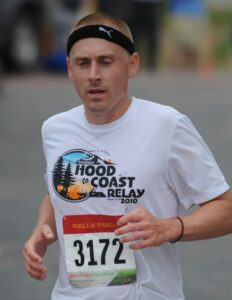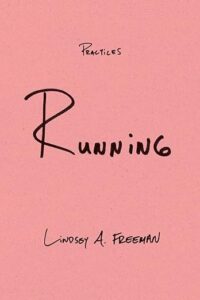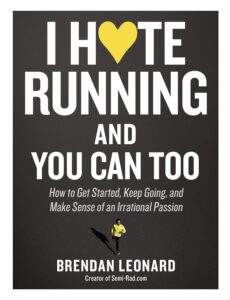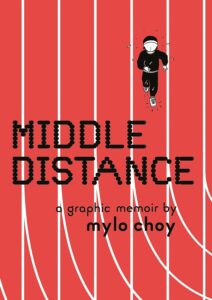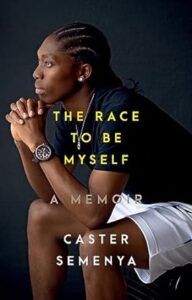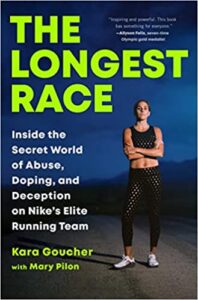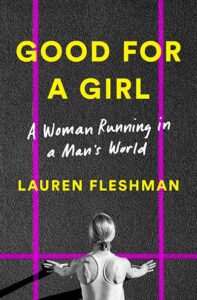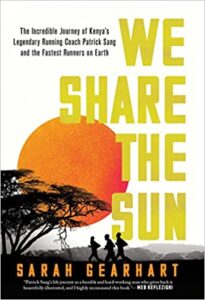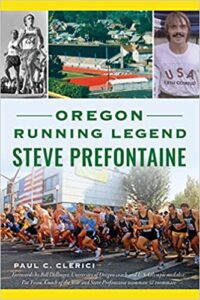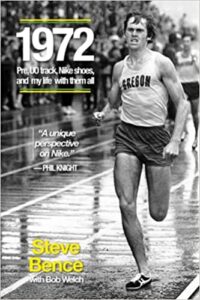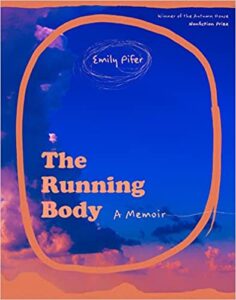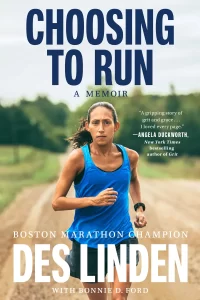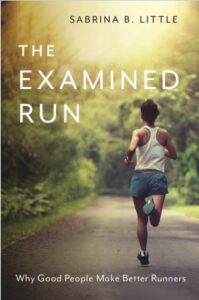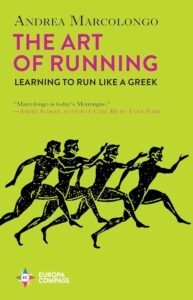Five for Five
https://sportliterate.org/wp-content/themes/osmosis/images/empty/thumbnail.jpg 150 150 bjj-sportliterate bjj-sportliterate https://secure.gravatar.com/avatar/1b3ceda989693317c6e5b76996b682ca?s=96&d=mm&r=gFive for Five
by Scott Palmieri
Somewhere near the middle of a row in the middle of my eighth-grade homeroom, not far from the end of middle school, I await morning announcements, which begin with the end of the Pledge of Allegiance. I hate every day here. But I can’t wait for this one to start, my last chance to emerge from the endless middle.
Part of me is still in yesterday, our last baseball game of the season, only our third win, when I have five hits, my last a bloop that drops well enough behind the second baseman, far enough from the right fielder. A cheap hit but a clean hit. No other middle schooler in the world is five for five.
We rumble back on the bus, change in the locker room, and I start my walk home, past the blacktop behind the school, between the track and the soccer field, dreaming of my imminent fame. I can already hear the next morning’s words muffling through the stiff tan weave of the speaker, fastened near the classroom clock, the voice of Mrs. Radinsky saying to the world of West Hollow Middle School, “Scott Palmieri had five hits.”
I need this more than ever. I am failing math. And in science, a kid in a Guns N’ Roses t-shirt pokes my back, wanting the answers to our daily quiz. I am only a little better at science than he is. English is better, but I make the dubious choice of writing a book report on Fred DeCordova, longtime producer of the Tonight Show. No other middle schooler in the world has done this. But this will not boost me up the social ladder, nor will the revelation from my elderly teacher, who wears a bright auburn wig, that she also loves Johnny Carson. Social Studies reminds me that my problems will not qualify for its syllabus.
I cross our vacant field to the space I played shortstop all spring. The big diamond, the real diamond, 60 feet and six inches from mound to home, 90 feet from base to base, the long throw from the middle of the infield, a burden I am just strong enough to bear. The song “Cycles” plays through my Walkman headphones because my father raised me not just on baseball but Frank Sinatra. No other middle schooler in the world hears:
Life is like the seasons
After winter comes the spring,
So I’ll keep this smile a while
And see what tomorrow brings.
I soar past the melancholy tenor because, as the song implies, even middle school days can be good, even here, tangled in hormones in the middle of Long Island, where strip malls bracket everything, even the first home of Walt Whitman, who spoke with affection about baseball in its earliest days, his farmhouse not far from my baseball field, which borders a cabbage farm that stretches like rows in a long homeroom. Up two long hilly streets, I turn into my driveway and submerge into my house.
I am neither the oldest nor the youngest of nine children. We are nine, but we are not all baseball. We are Irish-Italian but also a family of adoption. So we are South Korean, and we are Puerto Rican, in the middle of a grand transition. Unlike Whitman, I do not yet celebrate our shared atoms. I am 14 and selfish. I cower and cringe from the gaze of neighbors and the parishioners who gawk at our differences when we enter Mass, always a few minutes late, and shuffle down the middle aisle.
Maybe five hits can help me overcome the clarinet, the choice that doomed me to the cluster between flutes and trumpets, a good distance from the kid in the Megadeth t-shirt who plays electric guitar, his wild hair bouncing atop the bandstand beside the percussionists, who sport feint mustaches and joke about girls and getting to second base. Among the meek woodwinds, I gawk at the lone oboe, puckering my mouth around the splintering reed.
Maybe five hits can ease my black and white yearbook picture: a pale, braces-laden smile, drably parted dark hair, my eyes tired from staying up late to watch Johnny Carson, all squared alongside the rococo 1980s ambitions of hair spray. Or protect me from the likes of Rocco Scarpoli, who once volleyed my snarky comment with his large hand, shoving my head into a cafeteria table. I promptly rose and stared in his direction, and then promptly sat back down, when a friend from elementary school, who still cared enough, shook his head and winced as if to say, “He will kill you, man.”
On the baseball field, everyone can like me, even our chain-smoking pitcher, whose name I can’t remember and whose photo I don’t find in the yearbook, who laughs at my snarky comments because he hates middle school, too. He survives by doing the wrong things while I do the opposite. When our third baseman, Michael Gipp, yells out in disgust, “C’mon guys!” after I make an error, frustrated at our series of errors amidst a series of losses, the smoker tells Gipp to go fuck himself, flashing a smile at me.
But now it’s all up to Mr. Reiser, our hapless manager, who made up for his lack of coaching with a wealth of apathy. Though no matter how bad it got, no matter how limited the instruction, the special education teacher smiled and called out our names with each at-bat, sitting flat footed on the long, low bench behind the chain-link fence, his arms crossed in his short sleeve button-down and blue jeans. For us, his meager stipend was earned with one job: handing Mrs. Radinsky the highlights, when names and athletic feats, though we had few, soared through every room and hallway across three grades.
The announcements begin. The spring production of Grease will be this weekend. Sandy will be played by the angelic Jessica Pepe. The spring dance tickets are available, too. I will attend neither. I will rent Mel Brooks films from Mega Movies, near the Walt Whitman Shopping Mall, where on the walls, fronting J.C. Penny’s and Buster Brown Shoes, are imprinted lines from “Song of Myself.”
I have heard what the talkers were talking, the talk of the begin-
ning and the end,
But I do not talk of the beginning or the end
Since my mother raised me on poetry, maybe my five hits can make me believe that “there will never be any more perfection than there is now.” Maybe I can salvage myself from the sinking shyness that stopped me from spinning the bottle, that dropped me from birthday party lists, that made me drift lonesome through the jangled locker spaces of the crowded halls.
Mrs. Radinsky’s sports recap begins. Don’t just say my name in a list among others. Tell them all I had five hits. Please, Mrs. Radinsky. Please, Mr. Reiser.
Then Mrs. Radinsky says it. She says it better than I ever could have hoped.
“Scott Palmieri went five for five.” She lands on each number. Five for Five. She gives me my own sentence, not a mere mention in the middle. Everyone knows that yesterday, I was extraordinary. In another room, Jessica Pepe must wonder who I am. Heads turn in my direction. Eyebrows rise, mouths open.
But Mrs. Radinsky must go on. The heads turn back. The announcements end as has middle school baseball. For the rest of the day, no one cares about five for five. Math class does not. The same for the Guns N’ Roses kid expecting the right answers and the one sporting Megadeth, who jams by himself in the band room, before class starts, creating, what must be for him, something beautiful, with no chance of Mrs. Radinsky telling the world.
I will get an A on the book report, walk home with Sinatra, and, by the next September, attend a high school where no one knows me, a new start, like Whitman, who left his Long Island hometown. Baseball will help send me to college, where I will study English, cycles of leaving home and returning to my family, whom I will rightly find extraordinary.
Tonight, my wife, a school nurse, tells me that today she found a girl sitting in a middle school hallway, back pressed against the wall, her face in her hands, sobbing.
“Why won’t anyone be nice to me? No matter how hard I try?”
I wish I could give the child my five hits and then 500 more, let her have my morning announcement, tell her that these words have been for her, though the truth is that this was already written and dedicated to my chain-smoking pitcher, whom I’d like to find again, finally thank for being kind.
Scott Palmieri is a professor of English at Johnson & Wales University in Providence, Rhode Island. His writing has been published in Sport Literate, Aethlon, Hobart, The Leaflet, The Alembic, and The Result Is What You See Today: Poems About Running. He played baseball at Providence College and continues his love of the sport through writing, coaching Little League, and playing, as long as his legs will allow, in a senior men’s league. He lives in Wakefield, Rhode Island, with his wife and three children, his biggest fans.




